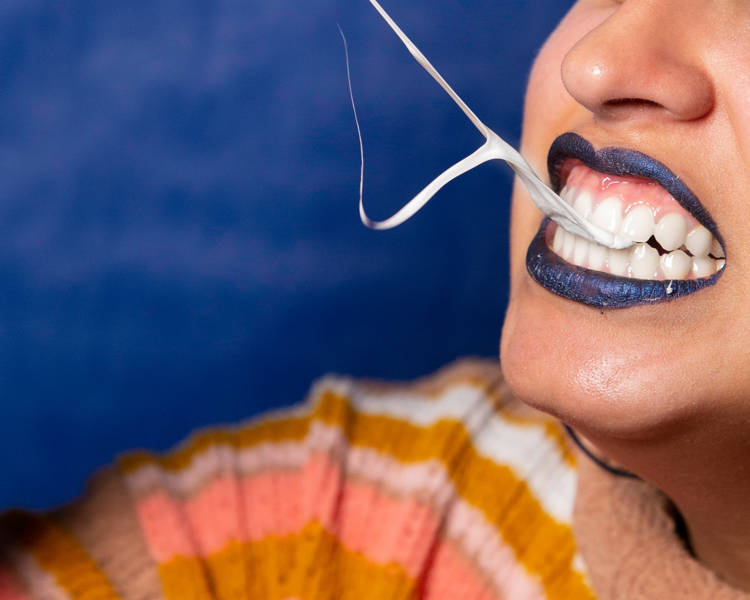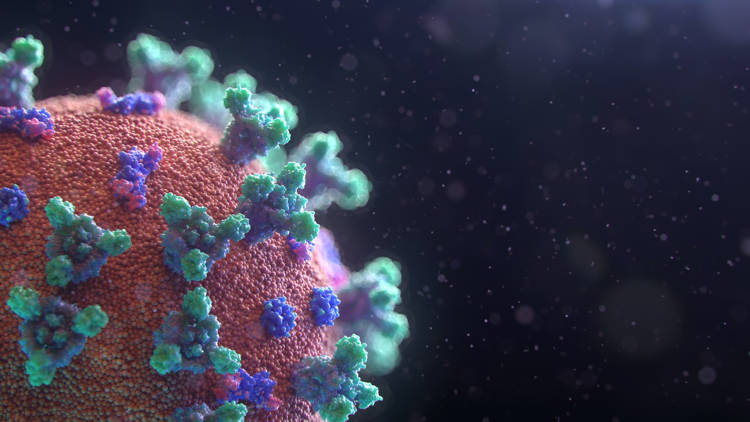Researchers have reportedly developed an experimental chewing gum that can trap SARS-CoV-2 particles in saliva, thus curbing transmission of the virus.
Researchers at the School of Dental Medicine at the University of Pennsylvania have been working on a special type of chewing gum that should minimize transmission and infection with the SARS-CoV-2 virus. According to a recent paper published in the Biomaterials Journal, the experimental gum contains copies of the ACE2 protein found on cell surfaces, which the coronavirus uses to break into cells and infect them. In test tube experiments, researchers found that virus particles of the Delta or Omicron variants attached themselves to the ACE2 “receptors” in the chewing gum, causing the viral load in the saliva to fall to undetectable levels.

Photo: Joseph Costa/Unsplash
“Because nasal transmission is negligible when compared to oral transmission… chewing ACE2 gum and swallowing ACE2 protein should minimize infection, protect COVID-19 patients and prevent transmission,” research leader Dr. Henry Daniell said.
This “viral trap”, as researchers refer to the experimental chewing gum, contains ACE2 proteins carried with engineered lettuce cells, but a second type made with bean powder is apparently capable of trapping influenza strains, coronaviruses that cause the common cold and other oral viruses.

Photo: Fusion Medical Animation
Before you get to excited, you should know that the experimental chewing gum has yet to undergo clinical trials. However, these are already planned, with COVID-19 patients scheduled to each chew four ACE2 gum tablets each day for four days.
If clinical trials prove that the treatment is viable, researchers are confident that the experimental gum could prove to be a real asset in the fight against the ongoing pandemic. Approximately a quarter of Americans chew gum at least 2-3 times a week, and others would shortly turn to gum as an alternative to pills or injections.






